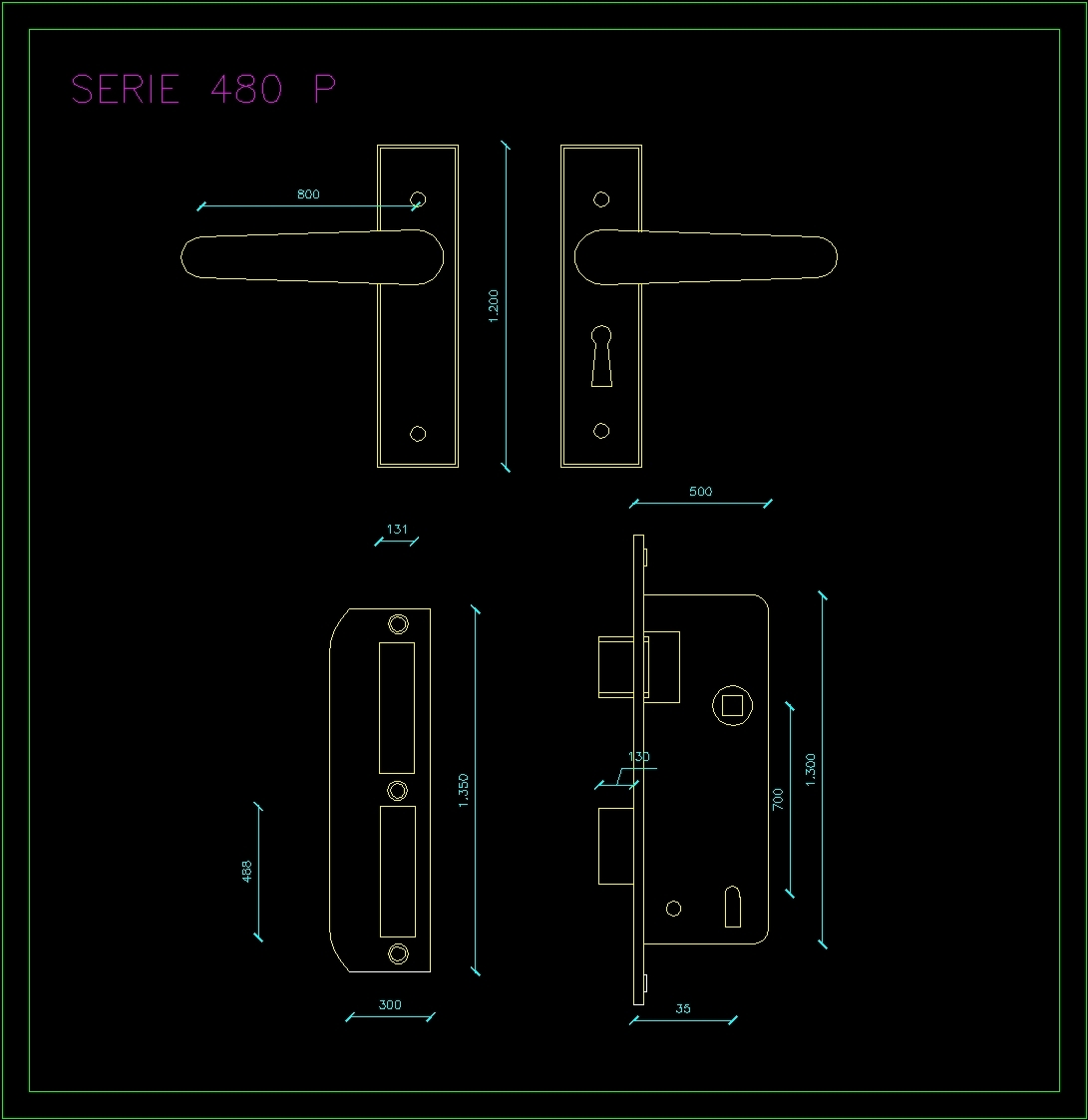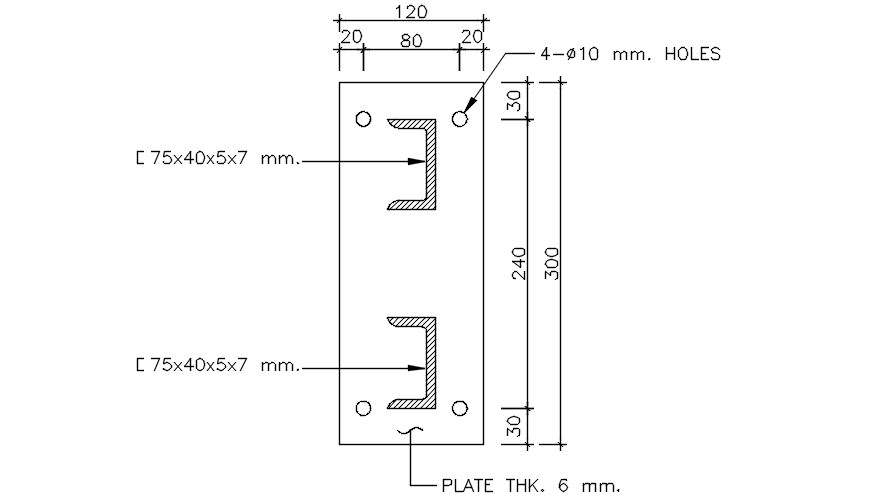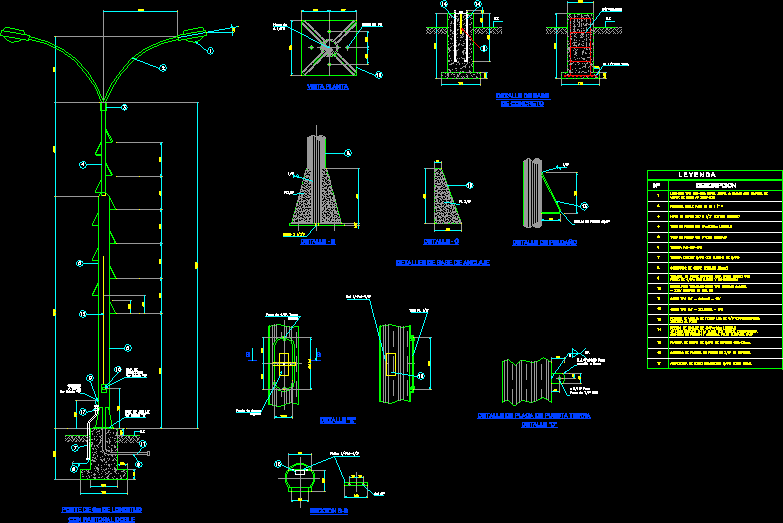


Labeling Objects in Xrefs from Your Main Drawing To return to the newer Xref Manager, type Xref in the Command line and press Enter. However, it would not bring in any further nesting. This occurs because overlaying still brings in one more level of nested Xrefs if the nested Xref is itself attached rather than overlaid. In this case, the Survey drawing will still attach to the main drawing through nesting. In this second example, the Survey drawing is Xrefed into the Arch Base plan as an attachment, but the Arch Base plan is Xrefed into the main drawing as an overlay. Though sometimes useful, this setup can often clutter the Xref list in your drawing with nested drawings that you don't need. As a result, the Survey drawing will attach to the main drawing through nesting.įurthermore, if the survey had an Attachment as well, that drawing would also be visible in your drawing. In the following example, the Survey drawing is Xrefed into the Arch Base plan as an attachment, and the Arch Base plan is also Xrefed into the main drawing as an attachment. When carried out correctly, with a proper understanding of how Attachments and Overlays will interact, this practice can be beneficial. If you have Xrefs within an Xref, they become "nested" in the main drawing. When you bring in an Xref as an Attachment, that Xref becomes part of the main drawing. Why You Should (Generally) Not Bring In Xrefs as Attachments This is because if all drawings are Overlays, only the first Xref is brought in, and no nested Xrefs will follow. If all Xrefs are embedded as Overlays, you will not see the survey in your landscape drawing. You then Xref the architectural drawing into your landscape plan. Let's say you receive an architectural plan that includes a survey base Xrefed into it. To understand how Overlays and Attachments affect an Xref, we offer the following example. Xrefing is a crucial tool in your drafting workflow. The drawing can "read" objects in the Xref (such as plants), but the Xref does not become part of the drawing itself. You plan on attaching nested Xrefs separatelyĪn Overlay Xref is visible beneath the main drawing. When Should You Bring In Xrefs as Overlays? Sounds faster to use, but ends up causing conflicts.Consultants like to send drawings Xrefed this way – sometimes the nests conflict.Usually confusing – harder for newer users to understand nests and change paths.(As you likely know, DWG is the file format of CAD drawings.) Perhaps the most common format to Xref is another DWG file. You can Xref several document formats into a CAD drawing. For more information, please see our fxREF Tool documentation page. Just keep in mind that fxREF only works on DWG files. This tool simplifies the process of attaching Xrefs to a drawing. We've recently engineered a handy Xref tool, which we've named fxREF. When you Xref a file into your drawing, you are doing the digital equivalent of what drafters did decades ago: laying a piece of tracing paper (your drawing) over an existing site base, planting plan, or any other document you would need as a basis for your site design. "External Reference" ("Xref") is just fancy AutoCAD-speak for a document you attach to a drawing. Labeling Reference Notes (RefNotes) in Your Xrefs.Labeling Plants or Concept Plants in Your Xrefs.Labeling Objects in Your Xrefs from Your Main Drawing.Problems With the Xref Manager? Try the Classic Version.Xrefs and Schedules: Calculating Objects in Xrefs.Option 2: Choose the Transparency Per Viewport.Option 1: Overall Adjustment of Transparency.Why You Should (Generally) Not Bring In Xrefs as Attachments.When Should You Bring In Xrefs as Overlays?.Equally Important! Clean Your Xrefs Before Attaching Them.

The Unitless Setting (Options Dialog Box).Important!Before Attaching an Xref: Make Sure the Units are Set Correctly.


 0 kommentar(er)
0 kommentar(er)
